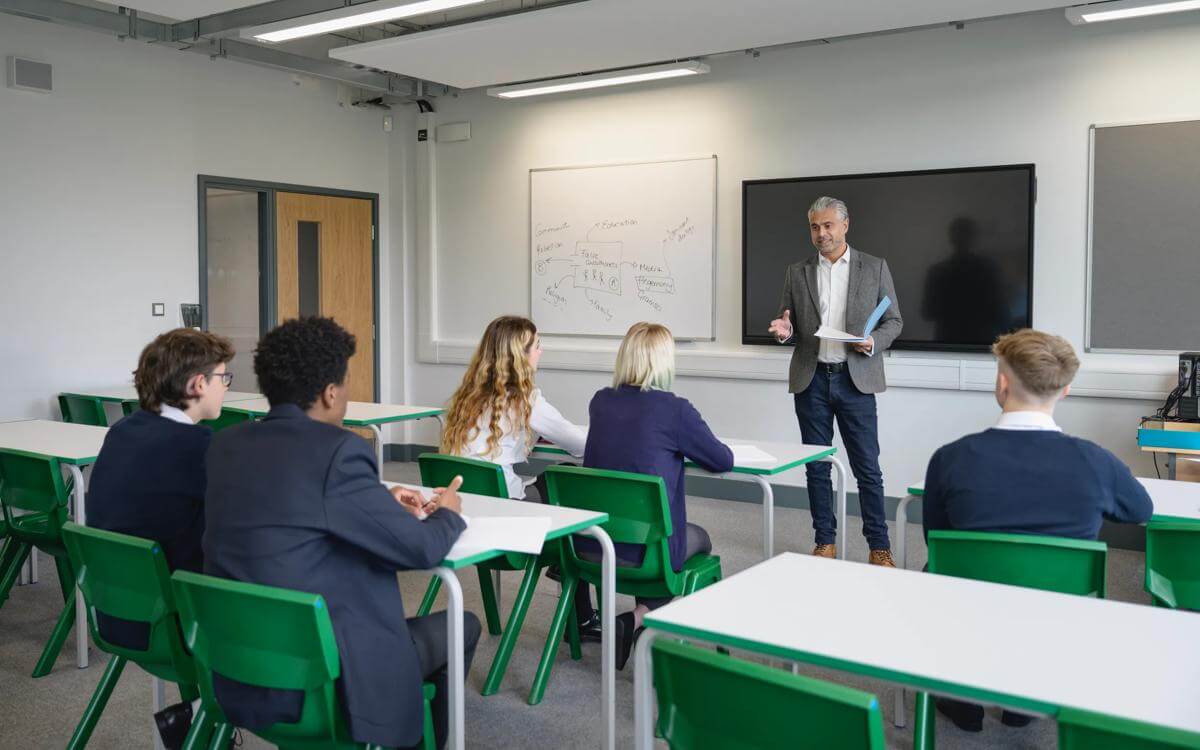Children Missing in Education – a Covid legacy?
January saw a reminder of the large number of children who do not appear on any school roll(s). Estimated at between 80,000 and 100,000 children, these pupils are not known to be accessing education.
January saw a reminder of the large number of children who do not appear on any school roll(s). Estimated at between 80,000 and 100,000 children, these pupils are not known to be accessing education. Following a number of Covid lockdowns an inquiry has been launched to ‘find these children’ and understand the reasons behind continued and increasing absence and to try to ensure that support is available for children to return to school or access education safely. As restrictions change and we move from ‘pandemic to endemic’ are we seeing enough support to keep pupils in classrooms as attendance of pupils and staff rise, and more schools seeing disjointed learning through a mix of remote and in school teaching?
Given the recent focus on trying to ‘recover’ the education lost over the pandemic, the significant drop in attendance and the highlighted figures showing pupils ‘missing education’; there is concern that there will be even further attainment gaps to make up if attendance improvement is not also deemed a priority. This is especially significant in the run up to a further examination period. The latest Department for Education (DfE) attendance data is seen as ‘troubling’ and the significant slide in attendance figures over the last term could leave the most vulnerable pupils at risk in terms of education, development and wellbeing.
Whilst there are many reasons for non-attendance there is still a significant link to Covid and that needs to be recorded accurately. The DfE recently provided an addendum to their guidance on recording of pupils who are not attending in circumstances relating to Covid for the 2021/22 academic year. This guidance makes it clear that these codes (Code X and I) should only be used where attendance would be contrary to UKHSA/DHSC guidance or legislation in relation to the incidence or transmission of Covid and should not be used for incidental issues such as anxiety around attending school due to Covid. Accurate use of the codes will enable further understanding of the impact of Covid on attendance and the potential impact on education going forwards. The DfE will also launch a consultation on managing school absence to try and combat persistent absence. Getting the relevant data will be the critical first step as there is a vast difference in how attendance is monitored across the country making it difficult to spot potential issues in order to tackle them at an early stage.
This highlights the need for the more detailed attendance and local authority data to be able to provide a clearer picture in a local area to help those on the ground understand the factors causing non-attendance whether that be mental health, financial issues, safeguarding or other barriers. This will allow interventions and best practice to be put at the forefront, (particularly by national leaders forming an ‘attendance alliance’), to support pupils in returning to/accessing education.
Schools need to be aware of what their own attendance data looks like and what actions they can take to monitor and deal with any concerns around attendance, or failures to return following quarantine or isolation. The first steps will be a robust policy for setting out support for regular attendance. Secondly, ensuring that staff are familiar with attendance codes relating to Covid and how these should be used to properly record attendance and/or absence. The next point is to consider how schools and local authorities issue penalty notice fines for non-attendance and how schools should consider any roll changes and what information needs to be passed to the local authority to ensure that data being fed through to the DfE is as accurate as possible. This will ensure that pupils do not fall through the gaps and risk missing education at a crucial time.
Contact

Laura Murphy
Associate
Laura.murphy@brownejacobson.com
+44 (0)115 908 4886







































